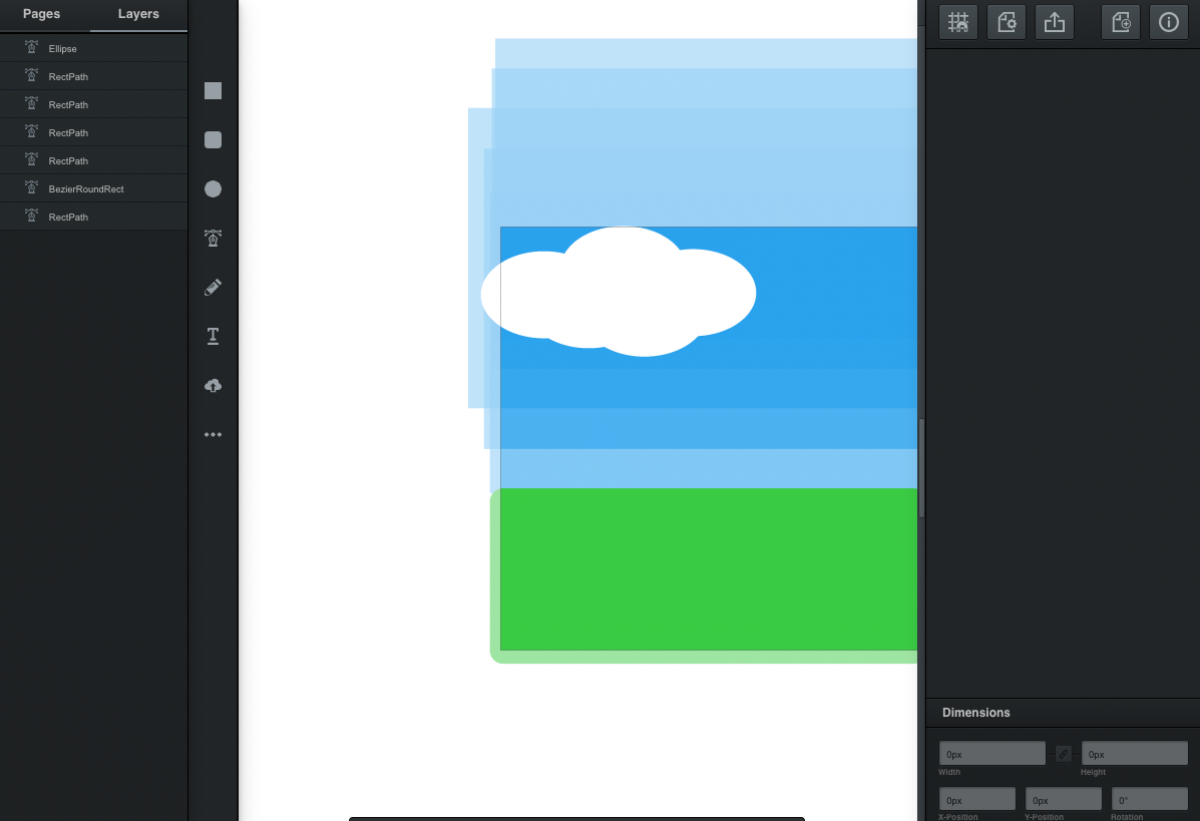

"Command-Right Arrow" = Expand folder (list view)."Hold the mouse down during startup" = Eject DVD/C."Press Command-S during startup" = Start up in Single-User mode."Press Command-V during startup" = Start up in Verbose mode."Press Shift during startup" = start up in Safe Boot mode and temporarily disable login items and non-essential kernel extension files (Mac OS X 10.2 and later)."Press T during startup" = Start up in FireWire Target Disk mode."Press N during startup" = Attempt to start up from a compatible network server (NetBoot)."Press C during startup" = Start up from a CD that has a system folder."Press Option-Command-Shift-Delete during startup" = Bypass primary startup volume and seek a different startup volume (such as a CD or external disk)."Press X during startup" = Force Mac OS X startup.You can go from keystrokes to action or you can look them up going from action to keystrokes. There are 2 ways you can learn the shortcuts. Here is a list of all the shortcuts in Mac OS X.


 0 kommentar(er)
0 kommentar(er)
